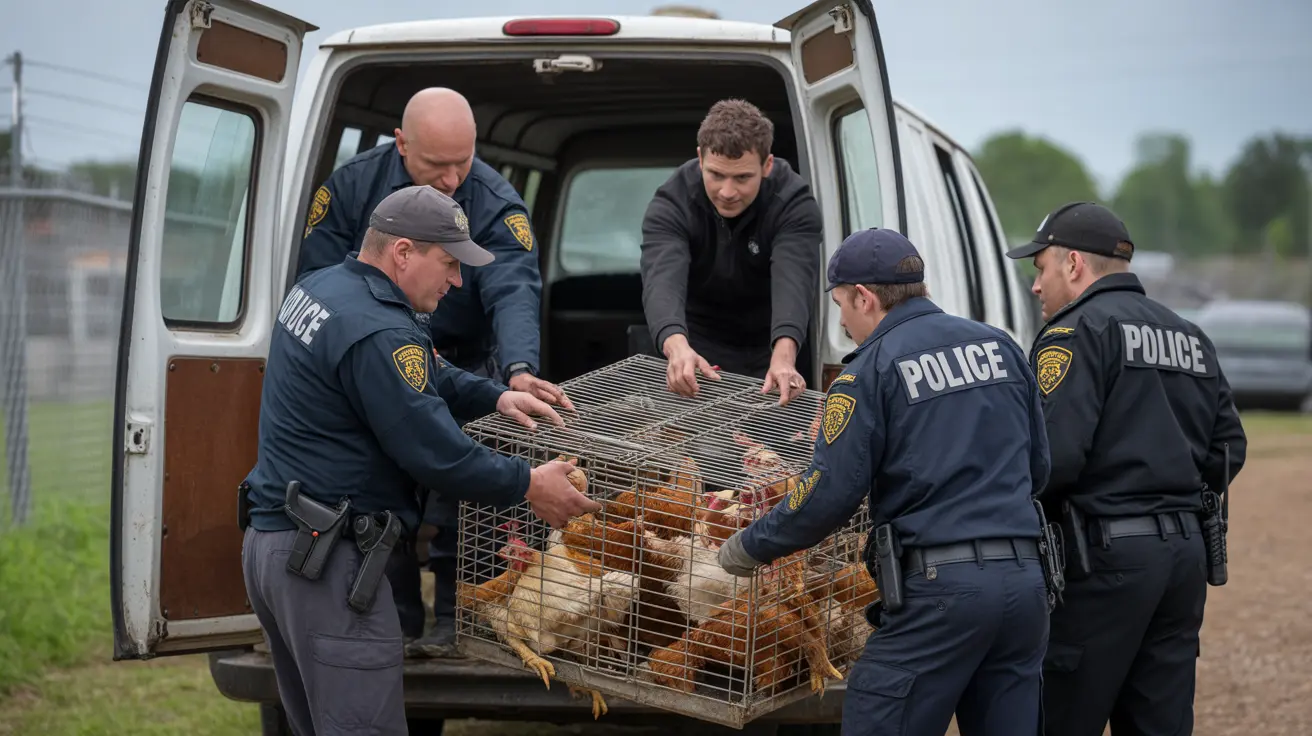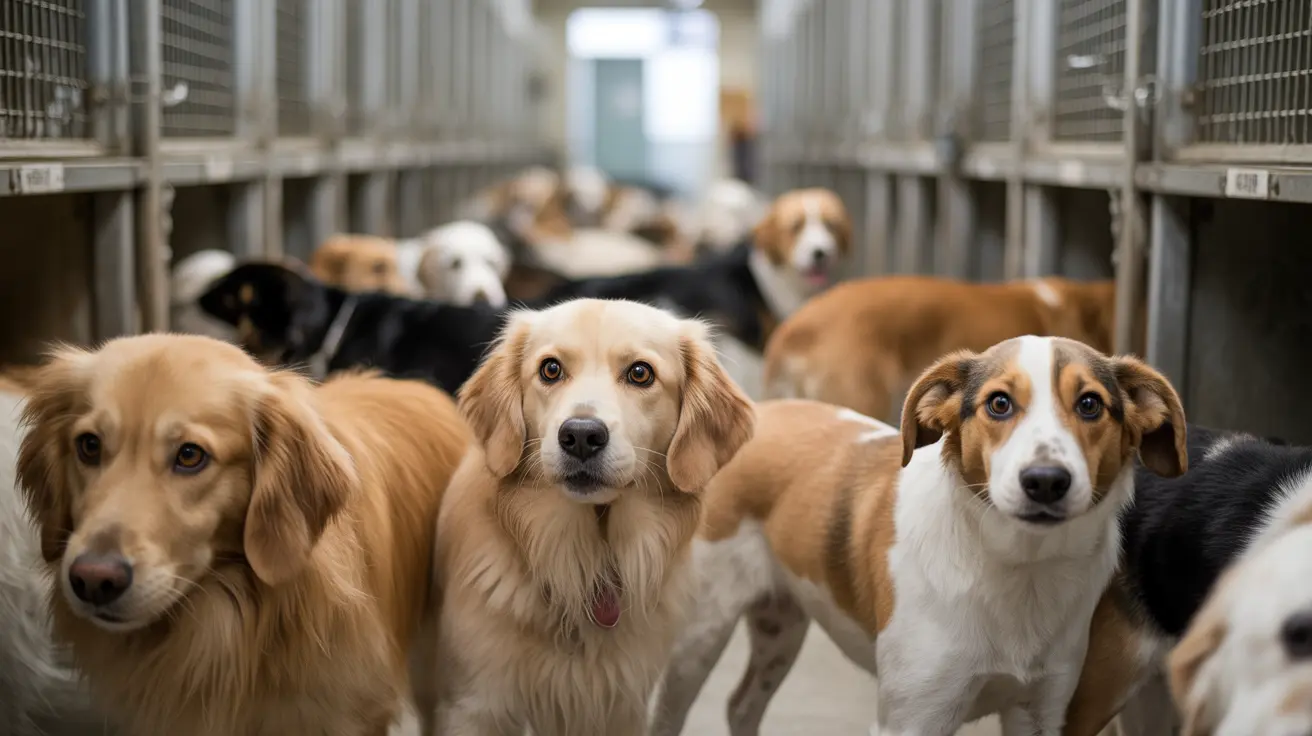A deeply troubling animal hoarding case has unfolded in New York, leading to the arrest of a licensed wildlife rehabilitator and their partner after authorities discovered over 200 animals living in unsanitary conditions alongside a 95-year-old woman. This incident highlights the serious consequences of animal hoarding and the importance of proper oversight in wildlife rehabilitation.
The discovery underscores a critical intersection of animal welfare, elder care, and mental health concerns that often characterize severe hoarding situations. As licensed wildlife rehabilitators are entrusted with the care and protection of animals, this case raises significant questions about oversight and compliance with state regulations.
Wildlife Rehabilitation Standards and Violations
Licensed wildlife rehabilitators in New York operate under strict guidelines designed to ensure proper animal care and safety. This case represents a severe departure from these standards, demonstrating how unchecked hoarding behavior can compromise both animal welfare and human safety.
Impact on Animal Welfare
The animals found in the home were subjected to overcrowded and unsanitary conditions, situations that directly contradict the basic principles of humane animal care. Such environments can lead to:
- Increased risk of disease transmission
- Inadequate access to food and water
- Psychological stress from overcrowding
- Poor ventilation and hygiene issues
Effects of Animal Hoarding on Elderly Residents
The presence of a 95-year-old woman in these conditions highlights a particularly concerning aspect of this case. Elderly individuals living in hoarding situations face numerous health risks, including:
- Exposure to unsanitary conditions
- Increased fall risks from cluttered spaces
- Respiratory issues from poor air quality
- Limited access to necessary medical care
Mental Health Considerations in Animal Hoarding
Understanding the mental health aspects of animal hoarding is crucial for prevention and intervention. While each case is unique, hoarding behaviors often stem from complex psychological factors that require professional intervention and support.
Legal Enforcement and Intervention
The arrest of the wildlife rehabilitator demonstrates the serious legal consequences of animal hoarding. New York's animal cruelty laws provide frameworks for prosecution while recognizing the need for mental health support in rehabilitation efforts.
Frequently Asked Questions
What are the signs of animal hoarding, and how can I report a suspected case?
Animal hoarding involves accumulating more animals than can be properly cared for, often resulting in neglect and unsanitary conditions. Signs include overcrowded cages, malnourished animals, and poor hygiene. Reports can be made to local humane societies or animal control authorities who investigate and intervene.
What legal responsibilities do licensed wildlife rehabilitators have in New York?
Licensed rehabilitators must provide humane care, consult veterinarians, maintain proper records, allow state inspections, and adhere to limits on the number and duration of animals kept. Failure to comply can lead to license revocation and criminal charges.
How does animal hoarding affect both animals and elderly residents living in the same household?
Hoarded animals often suffer from malnutrition, disease, and overcrowding, while elderly cohabitants face health risks due to unsanitary environments, exposure to zoonotic diseases, allergens, and unsafe living conditions.
Conclusion
This distressing case serves as a crucial reminder of the importance of proper oversight in wildlife rehabilitation and the need for community awareness regarding animal hoarding. It demonstrates how animal welfare issues can intersect with elder care concerns, requiring coordinated responses from multiple agencies and support services.
The incident also emphasizes the importance of regular monitoring and enforcement of wildlife rehabilitation regulations to prevent similar situations from developing. Community members are encouraged to remain vigilant and report concerns to appropriate authorities to protect both animals and vulnerable individuals from the dangers of hoarding situations.






